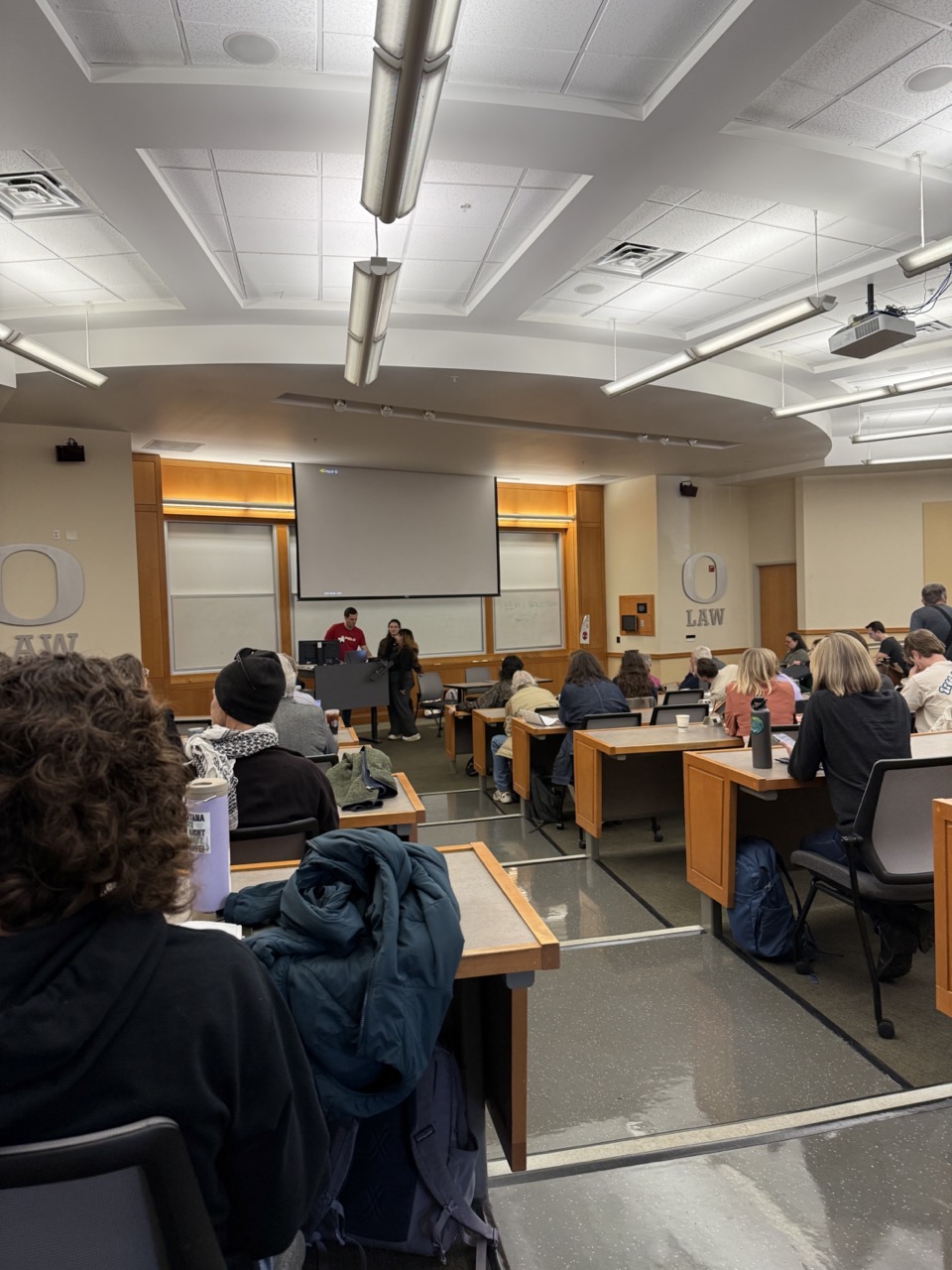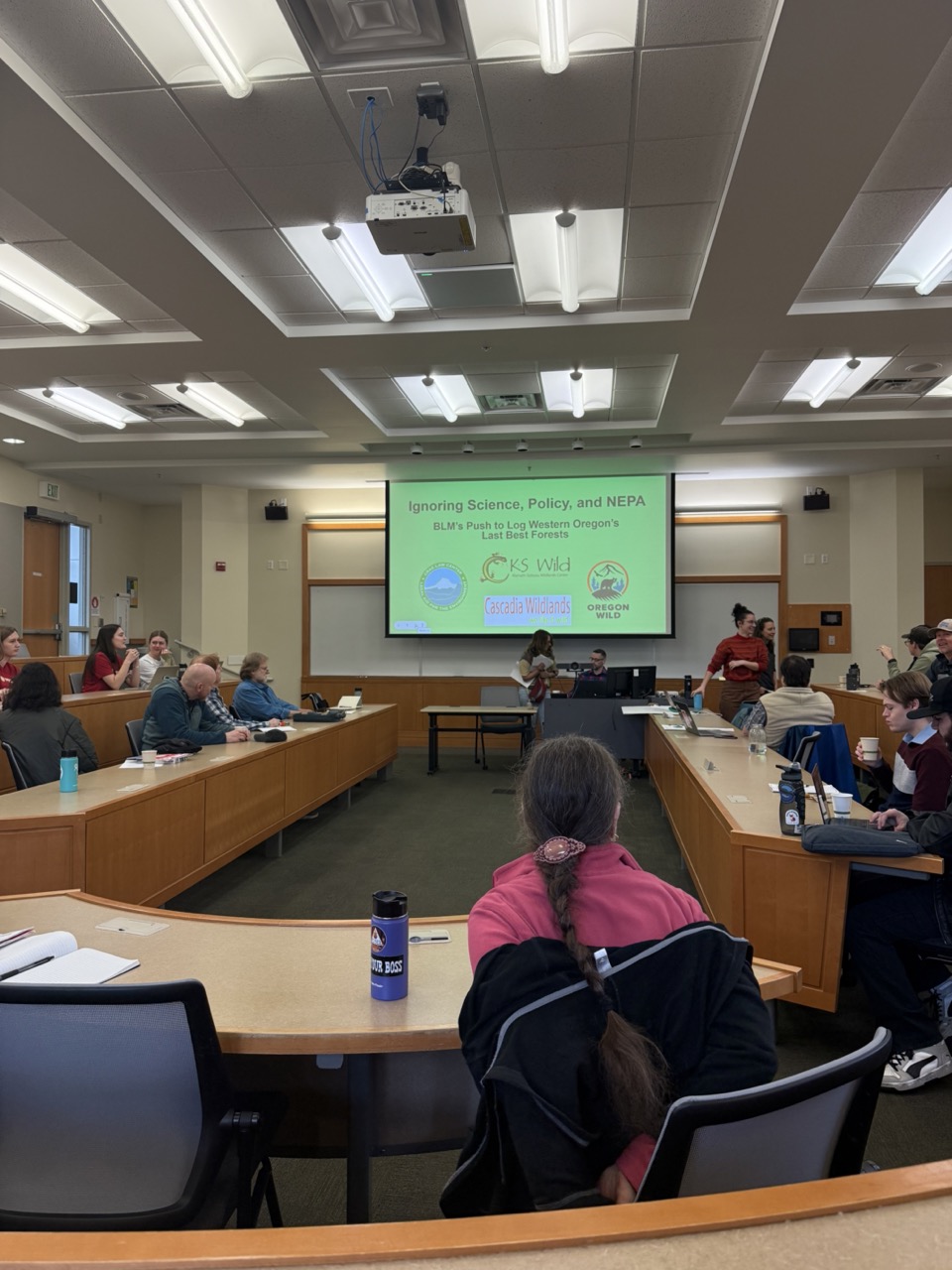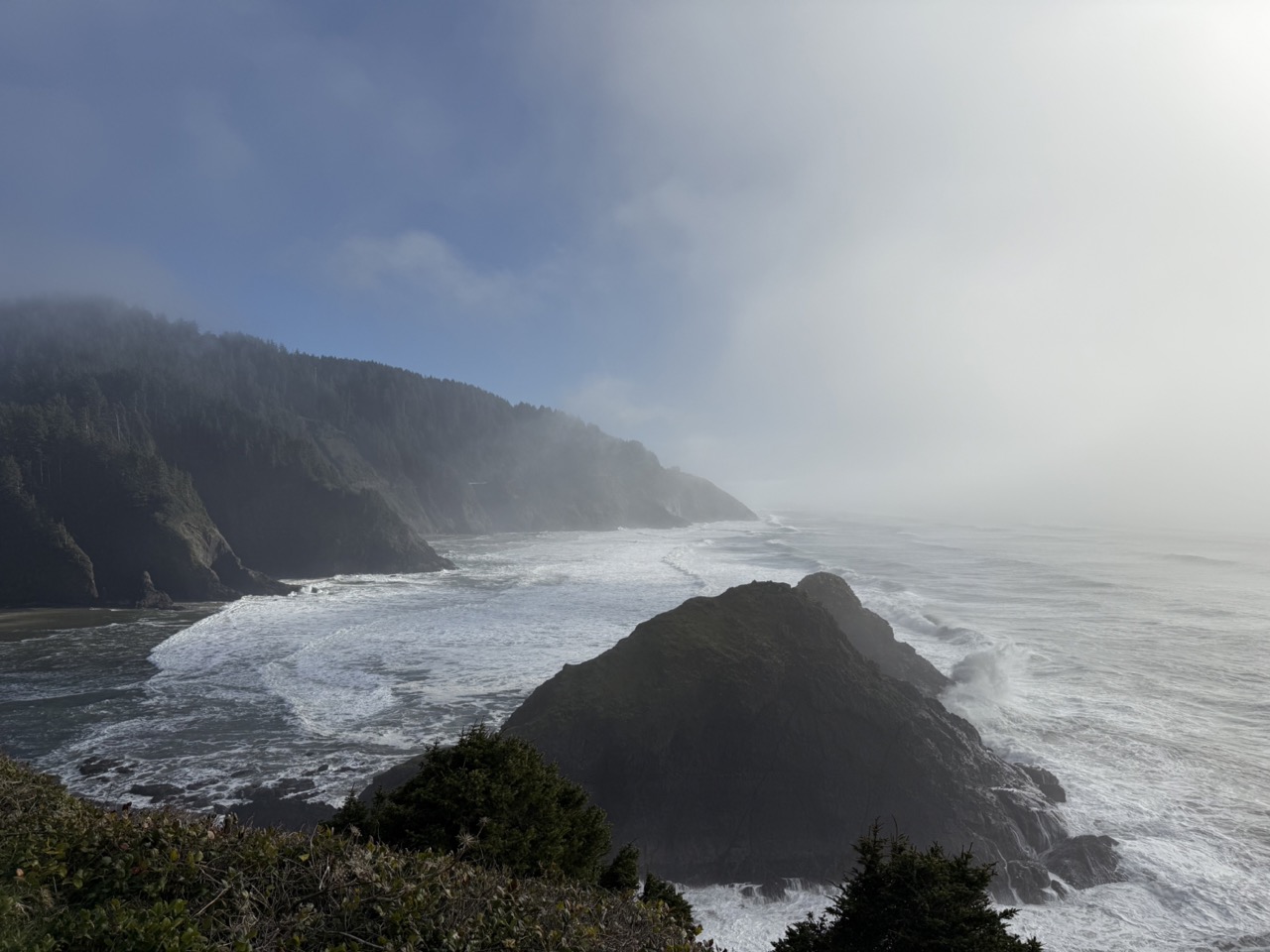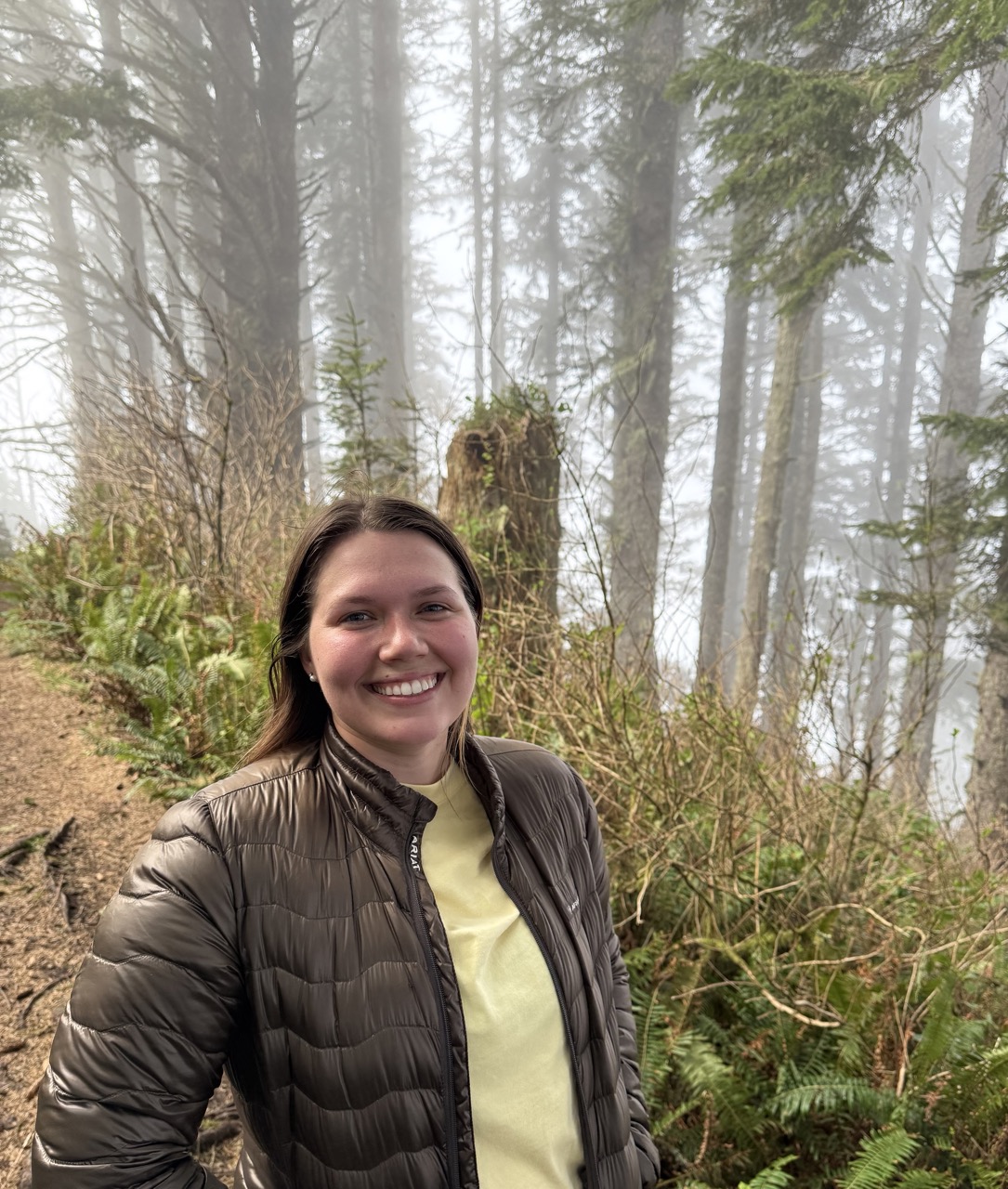
During the last weekend in February, I was fortunate enough to have the opportunity to travel to Eugene, Oregon to attend the Public Interest Environmental Law Conference at the University of Oregon.
The Conference
PIELC is the largest conference of its kind in the entire world, hosting over 5,000 people to attend various panels and workshops on scientific and legal issues facing the public interest law community. This conference has been running annually since the 80’s, and is free to the public (only those seeking CLE credit had to pay for their registration). For students looking for a way to network with environmental professionals and learn more about public interest environmental initiatives going on around the country, this is a perfect match!
The conference itself lasted two-and-a-half full days, running all day Friday and Saturday and half a day on Sunday. The days were jam packed with back-to-back panels or workshop discussions, with other areas set aside for viewing environmental films, perusing hallways filled with dozens of organizations tabling, and networking spaces with coffee and breakfast. The panelists ranged from public interest attorneys to professors to scientists, enabling well-informed and well-rounded discussion on a wide variety of environmental topics. The panels were followed by inspirational keynote speakers who prepared talks related to this year’s theme of PIELC: “Rising to the Challenge: Justice on the Horizon.”
Some of my favorite panels will be discussed in more detail below to give a sense of the breadth of topics which may be relevant to students interested in many different aspects of environmental law:
Panel 1: The Fight to Save Oak Flat: Using Litigation to Protect a Sacred Site on Public Lands
This panel spoke about Oak Flat, an area in the Tonto National Forest in Arizona that is being threatened by development of a copper mine. The panelists included attorneys from the Center for Biological Diversity who were contesting this decision, along with several members of the San Carlos Apache tribe whose cultural rights and practices were being affected by this development.
The panel explored legal questions related to environmental and clean water protections, along with religious practices and tribal access concerns. It was incredibly moving to hear from individuals who had grown up visiting Oak Flats as part of their religious and cultural practices, only to see it now destined for mining development. Witnessing the emotional toll this has had on their lives emphasized the importance of the human aspect of environmental law and the respecting peoples’ connections to the land.
Click here to learn more about the Center for Biological Diversity’s work in Oak Flat.
Panel 2: Coastal Issues & Environmental Justice
Since I am currently enrolled in Emerging Ocean Law this semester, this panel was particularly interesting and felt like it tied in well to my studies. The panel focused on environmental justice issues impacting coastlines, including sea level rise and an increase in frequency of natural disasters caused by climate change. Each panelist provided unique insights on the issue from their work in scientific research, coastline advocacy, and community engagement. All panelists focused on site-specific management and incorporating community involvement and voices in driving solutions. Since all panelists worked on the Oregon coastline, it was interesting to see the parallels between coastal issues on the west coast vs. Hawaiʻi and how each place is handling them similarly and differently.
Panel 5: Reimagining Equity in a post-Chevron Era
This panel was unique in that it featured presenters from the Environmental Law Institute, a non-partisan, non-profit organization that researches recent developments in environmental law to provide impartial education, data, and analysis on the legal landscape to inform environmental policy and the public (see their website here). The presenters included two recent-graduate legal fellows and one attorney.
The panel itself was a very thorough, educational perspective on recent developments in administrative and environmental law from the U.S. Supreme Court’s last term and in various states around the country. The Hawaiʻi Supreme Court even got a shoutout in their presentation for Rosehill v. Hawaiʻi, a case in which the court critically discussed Loper Bright’s overruling of Chevron. The entire presentation was incredibly useful, and although some of the cases were ones I had already read on my own or for a class, the presenters provided new perspectives that directly connected these cases to current events in the environmental law world.

Panel 7: Ignoring Science, Policy, and NEPA: BLM’s Push to Log Western Oregon’s Last Best Forests
On the final day of the conference, this panel became even more topical than expected; the day before the presentation, Trump issued an executive order demanding increased timber production on public lands, including those in Oregon. The panelists, who were advocates from a non-profit called Oregon Wild, were exceptionally knowledgeable about the logging industry and its impacts in Oregon and were able to speak to recent developments in a reasoned and personal way.
The panelists talked story about their own experiences litigating to protect Oregon’s forests, sharing victories and challenges in navigating conflicting interests on public lands. I was especially struck by how knowledgeable each panelist was on the scientific technicalities of forest management. As someone with a scientific background, this made me hopeful that there are opportunities for that background knowledge to apply in a legal work context.

Traveling to Oregon
After the conference was over, I still had time to explore the area around Eugene! My favorite parts were getting to hike along the Oregon coast, take some deep breaths in gorgeous, misty pine forests, and exploring downtown Eugene at night.



Overall Takeaways
I thoroughly enjoyed the opportunity to go to this conference and am grateful to the Environmental Law Program for allowing me the chance to attend! Based on my experience there, I would highly suggest it for other Richardson students, as the topics were widely varied and would appeal to anyone with interest in environmental topics generally.
It was a wonderful opportunity to network and hear about past and ongoing litigation in the environmental public interest sphere. There were so many moments during panels that sparked inspiration in my mind — my notebook is now filled with scribbled quotes and ideas generated by listening to the speakers, and I felt empowered upon returning home to continue learning about these issues.
In the future, I think it would also be a great opportunity for students to present their own work in conjunction with other lawyers, professors, students, or professionals. Last year, PIELC requested panel ideas in the fall before the event, and I would highly recommend interested Richardson students keep their eyes peeled for this opportunity.
